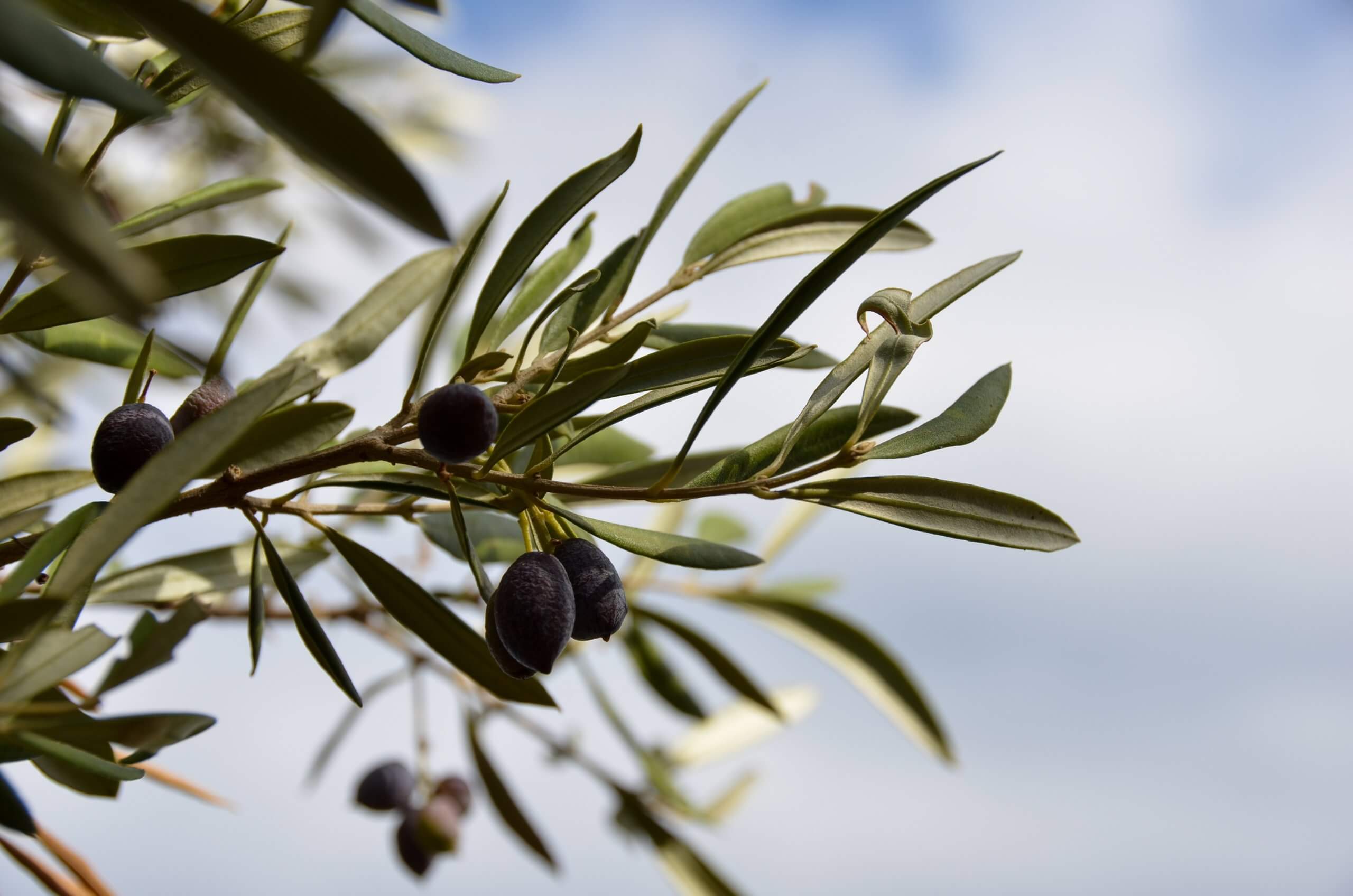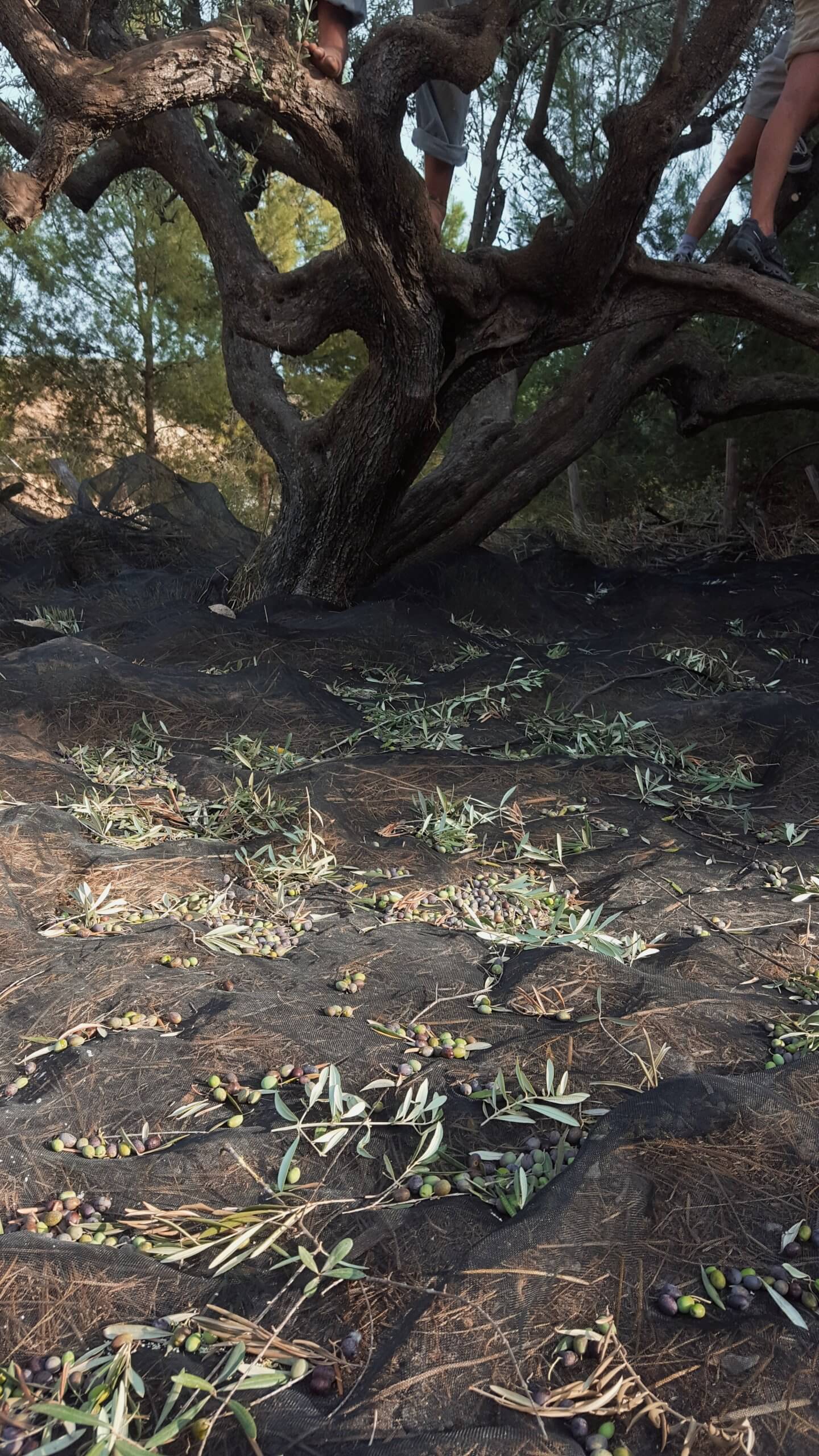
The olive harvest is a practice that has always characterised Mediterranean culture. Today, olives are cultivated on an estimated 9 million hectares throughout the Mediterranean area.
The olive tree is a symbol of our land. Everywhere, intensive olive groves for industrial oil production alternate with small family olive groves and traditional olive groves with centuries-old trees that can be up to 3,000 years old.
But how does the olive harvest take place? In this article we will see when is the best harvest time, the traditional and modern methods, and useful tools to optimise the olive harvest.
Olive harvest period
In Italy, the olive harvest period generally runs from October to December. The choice of period depends on many factors, including climatic conditions, geographical area, and cultivar. In fact, there are early or late olive cultivars.
The harvest period may also depend on tradition and local customs. For example, in some areas of southern Italy, it is still common practice to let the olives fall from the trees before harvesting.
The best time to harvest the olives is at veraison, when the colour of the drupe is between purple and green. If, on the other hand, one prefers an oil with a more spicy, fruity and bitter taste, and thus richer in phenols, the best time to harvest is when the drupe is still green, usually in early October.
Olive harvesting methods
Olive harvesting methods are diverse and constantly evolving. Thanks to scientific research and technological innovations, the methods have changed and today modern ones coexist with those dictated by tradition:
- Manual picking: it is very tiring, time-consuming, and labour-intensive. It consists of harvesting the olives by hand and is therefore one of the natural methods with little impact on the tree.
- Combing: this is perhaps the most widely-used method for family holdings and involves the use of hand rakes with which the branch is combed and the olives are dropped onto the nets. This method also has a low impact on the plant and is still widely used today.
- Beating: this is a very ancient method and consists of using sticks with which to shake the olive branches and let the drupes fall. To facilitate collection, large nets are placed under the trees.
- Picking: this is the oldest harvesting method. It consists of picking from the ground the drupes that fall from the tree spontaneously. This method has now completely disappeared and is only used in a few areas. In fact, fallen olives are often overripe or infested by parasites and once on the ground are subject to fungal contamination and can easily rot. The oil obtained by this method is generally of low quality and very acidic.
Among the most widely used mechanical methods are those that use portable shakers equipped with a long arm and tines that shake the branches vigorously. Conversely, on large farms or in intensive olive cultivations, harvesting is mechanised. Large shaking machines attached to tractors or even over-the-row machines are used.

Olive harvesting tools
When harvesting olives, it is important to get all the necessary tools, to make the work easier and faster. These tools include nets and sheets, rakes or shakers, but also baskets and gloves.
- Nets and sheets: The nets or sheets are spread under the olive trees or tied between the trees to prevent the drupes from coming into direct contact with the ground. They also facilitate the harvesting of olives and their storage in baskets. There are many types of nets and sheets of different sizes, materials, and with different weaves.
- Gloves and ladders: Gloves and ladders are valuable aids to olive harvesting. Gloves protect the hands from cuts, thorns, and irritants, keeping the hands from staining and preventing calluses or blisters. It is good to find the right compromise between strength and practicality; in fact, the gloves must be comfortable and must not hinder operations. As for ladders, they are not always used, but they can be a valuable aid, especially when olive trees are very tall and bushy.
- Olive rakes or shakers: Olive rakes or shakers are among the most widely used and useful tools for harvesting olives.
- Rakes now see increasingly limited use. In fact, growers prefer convenient and fast olive shakers. There are several types that are increasingly efficient and lightweight, allowing harvest time to be cut down without ruining the plant.
We guide you in choosing your new olive shaker
Olive harvesting is a rewarding but physically demanding activity. That is why, whether you are a small producer or a larger company, mechanical shakers have become a valuable ally you cannot do without.
These state-of-the-art tools are designed to maximise productivity and reduce worker fatigue, turning the olive harvest into a more efficient and enjoyable experience.
For decades, Volpi Originale has been leading this sector. We offer a wide range of innovative shakers that meet different needs.
We invite you to explore our dedicated product category on our website and, if you want to know your nearest dealer, check out “find a dealer”.